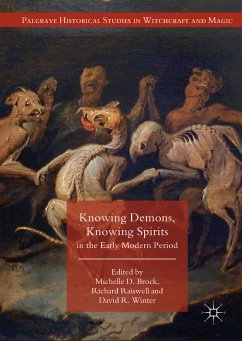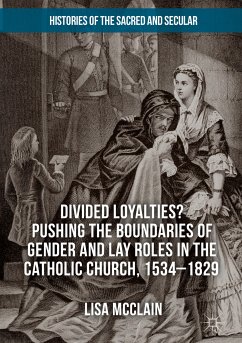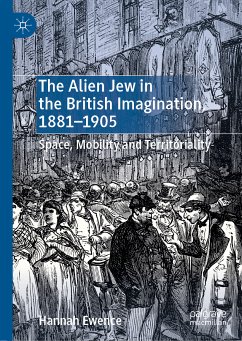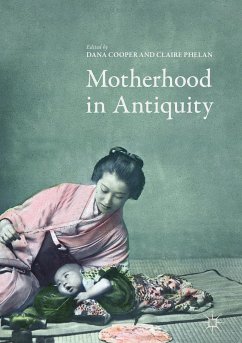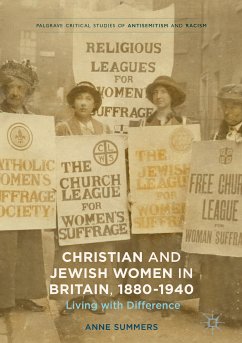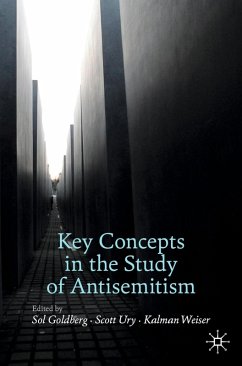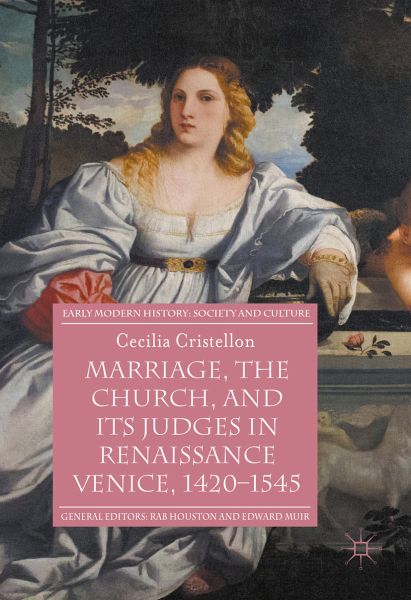
Marriage, the Church, and its Judges in Renaissance Venice, 1420-1545 (eBook, PDF)
Versandkostenfrei!
Sofort per Download lieferbar
72,95 €
inkl. MwSt.
Weitere Ausgaben:

PAYBACK Punkte
36 °P sammeln!
This book investigates the actions of marriage tribunals by analyzing the richest source of marriage suits extant in Italy, those of the Venetian ecclesiastical tribunal, between 1420 and the opening of the Council of Trent. It offers a strongly representative overview of the changes the Council introduced to centuries-old marriage practices, relegating it to the realm of marginality and deviance and nearly erasing the memory of it altogether. From the eleventh century onward, the Church assured itself of a jurisdictional monopoly over the matter of marriage, operating both in concert and in c...
This book investigates the actions of marriage tribunals by analyzing the richest source of marriage suits extant in Italy, those of the Venetian ecclesiastical tribunal, between 1420 and the opening of the Council of Trent. It offers a strongly representative overview of the changes the Council introduced to centuries-old marriage practices, relegating it to the realm of marginality and deviance and nearly erasing the memory of it altogether. From the eleventh century onward, the Church assured itself of a jurisdictional monopoly over the matter of marriage, operating both in concert and in conflict with secular authorities by virtue of marriage's civil consequences, the first of which regarded the legitimacy of children. Secular tribunals were responsible for patrimonial matters between spouses, though the Church at times inserted itself into these matters either directly, by substituting itself for the secular authority, or indirectly, by influencing Rulings through their own sentences. Lay magistratures, for their part, somewhat eroded the authority of ecclesiastical tribunals by continuing to exercise autonomous jurisdiction over marriage, especially regarding separation and crimes strictly connected to the nuptial bond and its definition, including adultery, bigamy, and rape.
Dieser Download kann aus rechtlichen Gründen nur mit Rechnungsadresse in A, B, BG, CY, CZ, D, DK, EW, E, FIN, F, GR, HR, H, IRL, I, LT, L, LR, M, NL, PL, P, R, S, SLO, SK ausgeliefert werden.



